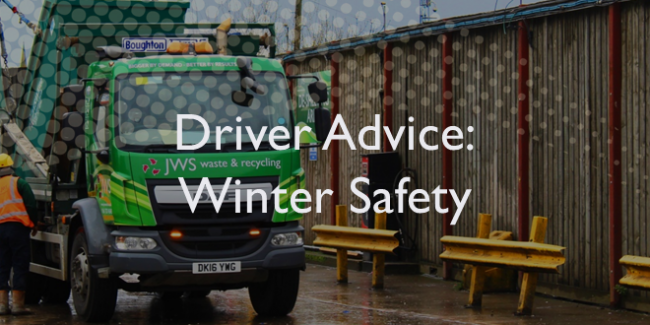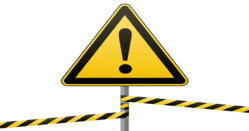Winter Safety Driver Advice

As the clocks go back and Winter starts to draw in, it’s important to be well prepared.
With dark mornings and evenings combined with the risk of slippery icy conditions it is important to be especially careful during winter periods. Drivers should be prepared as much as possible for the hazards associated with winter driving.
Ideally, journeys should be avoided in bad weather but if travel by road is necessary, some reasonable precautions should be taken:
Ensure that your windscreen and side windows are free of frost and/or dampness before moving off
Have a hi-visibility vest or jacket available at all times in addition to appropriate footwear with adequate grip
Check traffic information and weather bulletins for advance warnings of trouble along the route.
Plan your route to avoid exposed routes or steep country lanes. Leaving yourself plenty of time to avoid rushing and makes sure someone knows your route and your expected arrival time.
Make sure your vehicle is fit for the journey. Tyres should be properly inflated and have at least 3mm tread depth to be safe in wet or icy conditions. All lights should be working as should windscreen wipers, de-misters, etc.
All windows and mirrors should be unobstructed by ice or snow before starting off.
The vehicle should be regularly serviced with anti-freeze in the radiator and a winter additive in the windscreen wash.
The vehicle should carry a basic emergency kit containing as a minimum de-icer and scraper, warning triangle in the event of a breakdown, mobile phone, torch, warm clothes, blanket, a first aid kit, food and drink and a spade.
Each winter too many people slip or hurt themselves in the winter please take care so as not to be another statistic.




